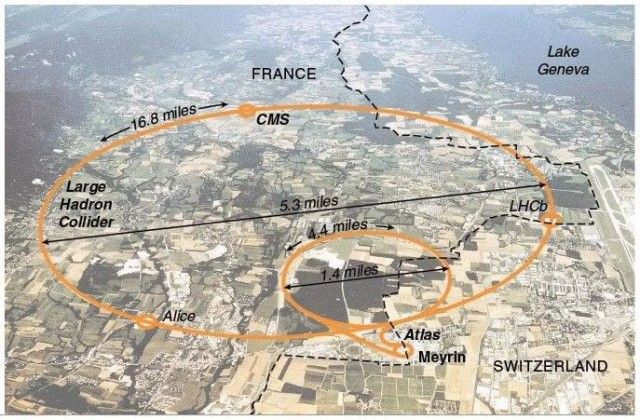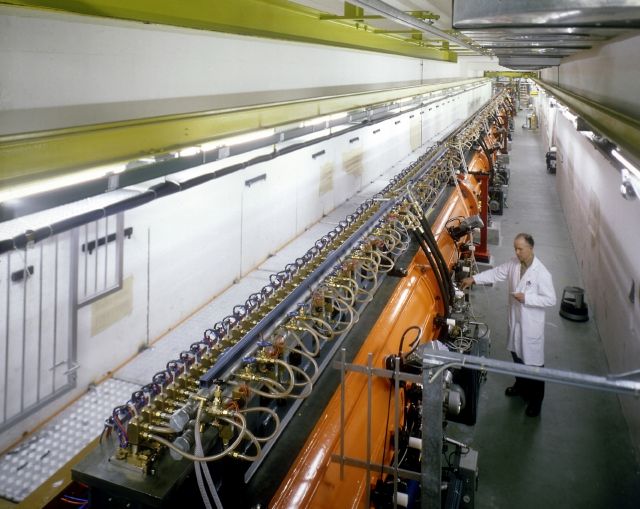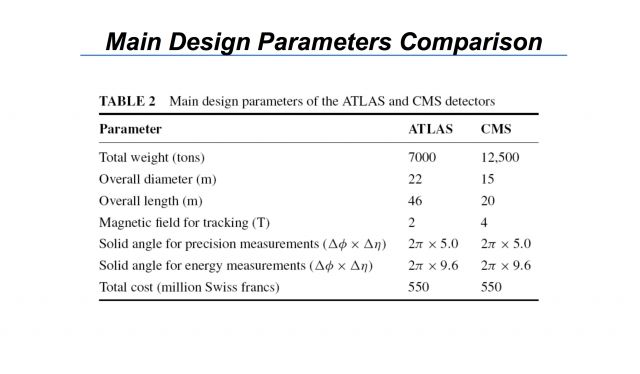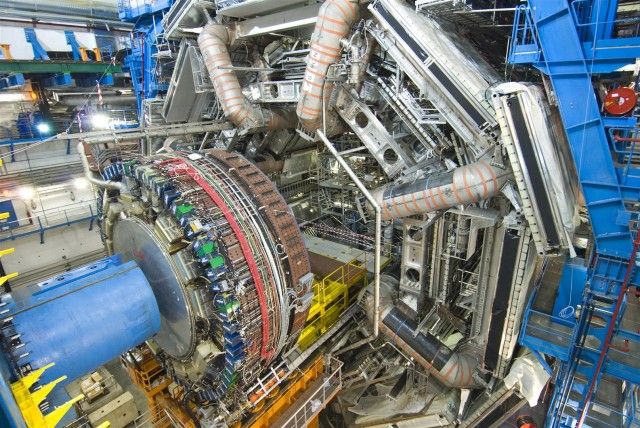What is the Large Hadron Collider?
Most people know that the Large Hadron Collider – a huge machine for colliding atoms. He crosses the French-Swiss border, and is so expensive that more than a dozen non-governmental bodies had to be thrown off for its construction. The entire project is carried out by thousands of scientists from hundreds of countries, led by the European Agency for Nuclear Research, CERN. The basic detectors are huge, for maintenance of the forest are needed, as well as almost surgical accuracy while working. Roughly speaking, it’s just a huge loop, but let’s take a closer look at it.
In reality, the LHC is a very large number of loops arranged in the order of power amplification. It turns out that the accelerated particles like protons require different equipment to achieve the desired speed. Magnets can be accelerated particles from 99% to 99.9999% the speed of light, but this is not the magnets that dispersed particle from 1% to 15% the speed of light. As such, collider powered particle accelerators operating in sequence to achieve a final acceleration 7 tera-electron volts (TeV) or more.

The first is a linear particle accelerator (LINAC 2), which produces a measly 50 mega-electron volt (MeV) protons and transmits pilot on the first of the chain closed accelerators, proton synchrotron accelerator (Pb). Loop Pb quickly accelerates particles up to 2 GeV, and transmits them to the Proton Synchrotron, which continues the acceleration to 28 GeV. From there, the proton synchrotron particle passes on … Superprotoh Synchrotron, which can reach energy 400GeV above. Physicists almost offered to improve SPS super-ATP (yes, super-Superprotoh Synchrotron) to protons can reach TeV before you go on the last lap of the collider.
These particles move at a speed very close to the speed of light, before moving on to the most Collider. But the acceleration of protons to these last few percent becomes crucial for modern physics experiments. Break the protons into quarks is one thing, but the LHC can collide particles with such force that the collision point will be distorted space, opening an infinitely short window in a truly quantum world. It is not so simple, and not cheap.
Note that the ring of the collider is not an experiment in itself, but a tool for their implementation with the help of a specific resource – supercharged particles. As these supercharged particles to be used is described in the experiments themselves, which are held in different parts of the ring and with different goals. There are a total of seven experiments, but attention should be paid to all four: ATLAS, ALICE, CMS, and LHCb.
ATLAS, probably the most popular of all LHC experiments. It is because of him CERN has received the necessary data for the study of the Higgs boson. The name stands for A Toroidal LHC ApparatuS (machine Large Hadron Collider), and its diameter is more than 80 feet. ATLAS was designed as a universal detector 40 million intersections of rays per second and collects enough information about these intersections as possible.
CMS, or Compact Muon Solenoid (Compact Muon Solenoid) – is an attempt to achieve the same result as ATLAS, but by other means. More “general purpose detector” CMS smaller but more concentrated magnetic than ATLAS. It is designed to observe the same phenomenon as ATLAS, but allows little more compromises in the process. CMS has also contributed to the search for the Higgs boson, but not so popular in the media.
ALICE, on the other hand, are more specialized. Called A Large Ion Collider Experiment (experiment of the Large Hadron Collider), it does not aim to disperse the particles to the limit, as it measures the effects of “heavy nuclei”, for example, lead, which needs to 2-3TeV collision. This creates a level of destructive energy that can push the atoms to the formation of a quark-gluon plasma, where they can move freely, and you can explore in this state. This means that ALICE is designed to monitor a concept called quantum hromidinamika (QCD), and it improves scientific understanding of this principle since the first launch in 2010.
Because there is a Large Hadron Collider beauty (Large Hadron Collider beauty), which recently confirmed the particle’s own discoveries: pentaquark. LHCb is designed to study the exotic behavior of matter and, indeed, the nature and material antimaterial asymmetry of the universe. The main issue of the experiment – why there is matter in the universe? The theory goes that at the beginning of the universe, the Big Bang should have created equal amount of matter and antimatter. These two materials cancel each other in the interaction, as it so happened that at this stage so much matter and so little antimatter? LHCb is designed precisely to answer this question.
Thinking about the next big step for science particles probably remain in the collider for some time. And instead of creating a new project, the scientists are concerned about a strong acceleration in the existing collider. Accelerator again opened its doors after a long series of upgrades. No one says how many times you can still push the physics in this direction until the next completely new project is as ambitious.






